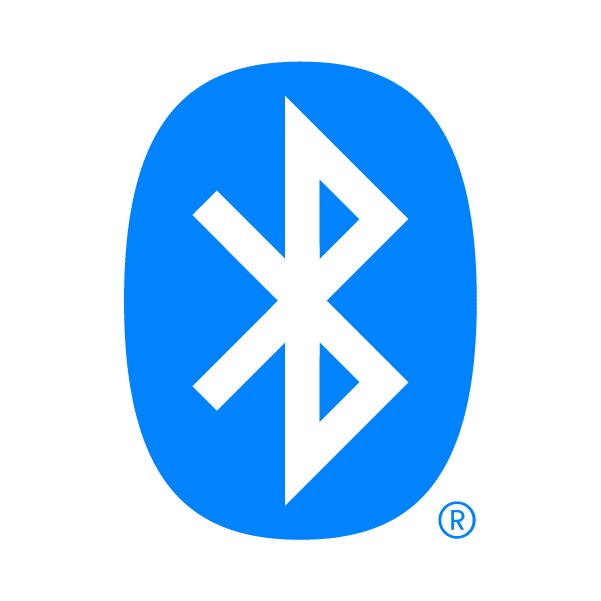How Jaap Haartsen Changed the World Sends and Receives Files With Bluetooth
The world around us has changed so much due to advancements in science and technology. Almost every sphere of our lives has been touched by technology in some way or the other. It has made it possible for us to do things that were impossible or unimaginable in the past. One of the major fields in which technology has had a massive impact is in communication and data transfer. We have all used Bluetooth at some point of time to share and transfer files. It has been our savior whenever we had to share a song or an image and didn’t have cellular data to help us. But how many know about how Bluetooth came to be. Since being invented, Bluetooth has come a long way, from being something primarily used by businesspeople to share things on their mobile phones to a universally loved and adopted platform to share and transfer data. So, here’s a look at the story behind Bluetooth and how the technology became what it is.
About the Inventor
Jaap Haartsen led the development team that designed and created the Bluetooth in 1994. At the time, he was working at Ericsson, while now he serves as an expert at wireless communication at Plantronics. Jacobus Cornelis Haartsen, generally called Jaap by his colleagues was born in 1963 in Hague, Netherlands. The Dutchman got his electrical engineering degree from Delft University in 1986.
After graduation, he worked for short stints in both Siemens and Philips before eventually going back to pursue his higher studies. He got his Ph.D. from Delft with honors in 1990, after publishing a thesis on acoustic wave detection. He joined Ericsson a year later, and worked in the US for two years, before shifting to their base in Sweden in 1993. It was while he was at the Mobile division in Lund that he developed the idea for the Bluetooth. After 1997, he worked for Ericsson in their Emmen plant, eventually quitting and taking up a part-time teaching job at the University of Twente.
He later became the Chief Technology Officer at Tonalite BV, which was a small company specializing in wireless wearables. In 2012, Plantronics acquired Tonalite, prompting Haartsen to become a part of their team. In 2015, he became a part of the National Inventors Hall of Fame for his contribution to the field of radio and wireless communication.
Jaap and Wireless Communication
Jaap always had an interest in the field of wireless communication, and now has been active in this field for over three decades. In 1994, he began developing a system that would later grow and evolve to become the Bluetooth technology we now enjoy. He began by taking up a project related to indoor wireless systems and tried to find ways to enable short-range radio connections.
After developing Bluetooth, he was also instrumental in setting up the Bluetooth Special Interest group, better known as the BSIG in 1998. He then, went on to serve as their Chairman till 2000, helping with standardizing the Bluetooth interface. He also played an important part in helping to obtain all the required approvals regarding the world-wide usage of Bluetooth technology.
Concept of Bluetooth
The idea for a short-range radio tech began in 1989, as per the suggestion of Ericsson’s CTO Nils Rydbeck. Haartsen’s goal was to create a device that could support both digital and visual data while being digital and wireless.
The team went with a chip that could integrate all these types of technologies and not pull to much space or battery power. Also, “Bluetooth comes from an anglicized version of the name of the Danish King Harald Blåtand, who played an important role in uniting Denmark and Norway. The logo too consists of a Viking inscription, called the bind rune, that brings together the king’s initials.
After developing the Bluetooth technology, IBM’s Adalio Sanchez approached Rybeck to talk about integrating the new technology with their existing technology in 1997. This resulted in the Bluetooth becoming a part of the ThinkPad notebook and Ericsson phone. However, since neither of these players was market leaders in their respective segments, they decided that it would do the technology well to make it open-source, so as to maximize the access to the market. Hence, with that aim in mind, in 1998, SIG came out with IBM, Ericsson, Nokia, Intel and Toshiba on board.
A year later, the first consumer device with Bluetooth integrated into came out, and even won an award at COMDEX. Ericsson then launched the first Bluetooth phone through the T36 and the T39 came out in 2001. Similarly, IBM launched the ThinkPad A30 in 2001, making it the world’s first notebook that came with Bluetooth.
Since then, Bluetooth has grown to become a gold standard in wireless data transfer, finding its way into almost every phone manufactured nowadays. With Apple recently stating that it was going to do away with the traditional headphone jack, the future of Bluetooth looks more interesting than ever before!

Being a cinephile with a love for all things outdoorsy, Athulya never misses a chance to chase inspiring stories or poke fun at things, even when the subject is herself. Currently pursuing a degree in mechanical engineering, she is someone innately interested in technical and scientific research. Music reviews and op-eds define her as they allow her to explore different perspectives. Though sometimes she thinks she makes more sense playing the guitar than she does while writing.
